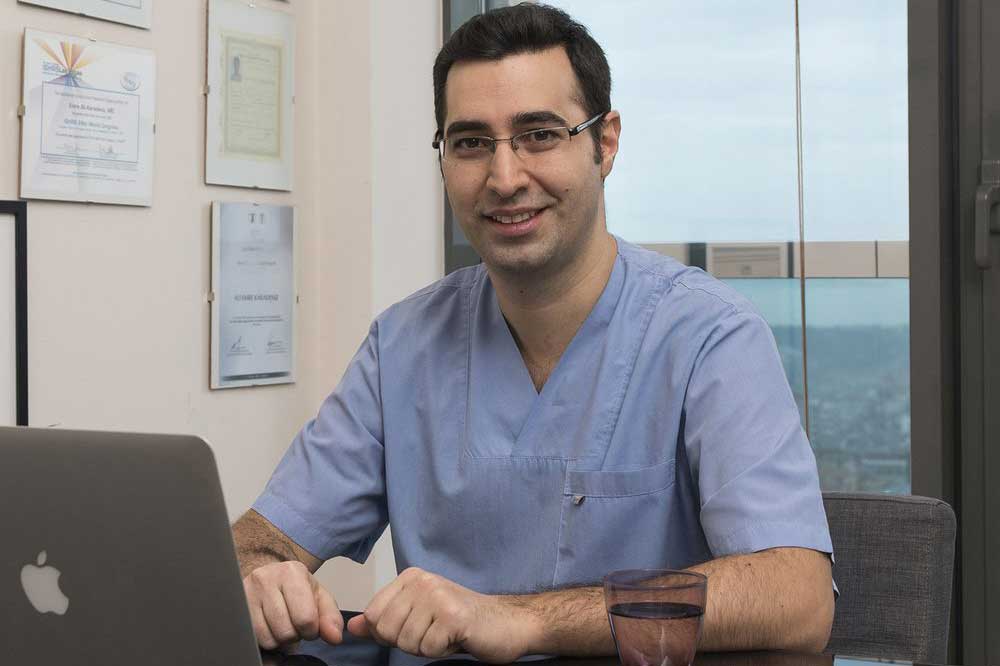
We have special interest in dealing with afro-hair patients.
Afro-hair has unique surgical characteristics and technical challenges due to its curly/kinky nature.
Only surgical teams that operate at very high standards are able to deal with these challenges.

Afro-textured follicles enter the scalp in tight arcs rather than straight lines. If a scalpel or punch is driven vertically, curved roots are sliced, wasting grafts and leaving scars. Skilled surgeons adapt by matching the entry angle to each follicle in both FUT and FUE, using magnification and tactile feedback to follow the curl beneath the skin and protect the bulb.
Without this technique, transection rates soar and overall yield drops. Consistent precision demands years of focused practice, making surgeon experience the single most important safeguard for graft survival.

The helical route of every afro follicle forces technicians to leave extra dermal padding when trimming. These “chubbier” grafts shield the fragile curve but require wider recipient slits, so fewer grafts fit per square centimetre than with straight hair. This calculated compromise preserves viability yet lowers achievable density. Placement adds another hurdle: curved grafts resist forceps and twist under tension. An experienced team must guide each unit gently into position, preventing crush injury or shaft bending that would undermine stem-cell integrity and jeopardise long-term growth.

Standard FUE uses a narrow, straight punch that works poorly on curved shafts. Surgeons must switch to larger-diameter punches to capture intact afro follicles, but every extra millimetre widens the resulting scar ring. When dozens of oversized extractions dot a donor zone already thinned by diffuse loss, cumulative scarring becomes easier to spot under short hairstyles. Lower baseline density further limits how many follicles can be taken safely, demanding conservative harvest plans. In many cases a carefully planned strip excision offers a cleaner outcome than an aggressive FUE session.
The most common hair loss problem in female afro-hair patients is traction alopecia, which is hair loss due to using too tight braids. It is usually presented as the loss of hair at the edges and premature receding of the hairline. In advanced cases, a type of scarring alopecia may occur, causing extensive loss including the mid-scalp and crown areas.
The good news for traction alopecia patients is that there usually is a healthy donor area at the back of the head where donor hair can be harvested for a transplant.
In non-afro-hair females, hair loss is usually a sophisticated problem. It is usually related to metabolic or dermatologic diseases that firstly need to be diagnosed by an experienced dermatologist and medically treated. All possible metabolic and dermatologic diseases must be overruled before surgical restoration can be considered, as attempts at doing surgery while an underlying disease is present are doomed to failure. Female afro hair patients are no exception and all possible underlying diseases should be ruled out first before an attempt at surgical restoration is made. Once the diagnosis of traction alopecia is made plans for surgery can be done.
Due to the challenges related to afro-hair explained above, FUT is a better option than FUE for afro-hair patients in the majority of cases:
Male pattern baldness (androgenic alopecia), is the most common cause of hair loss in men. This is the thinning of hair all across the top of the head, while leaving a more permanent area at the back of the head. However, hair loss in afro-hair men is associated with some difficulties: